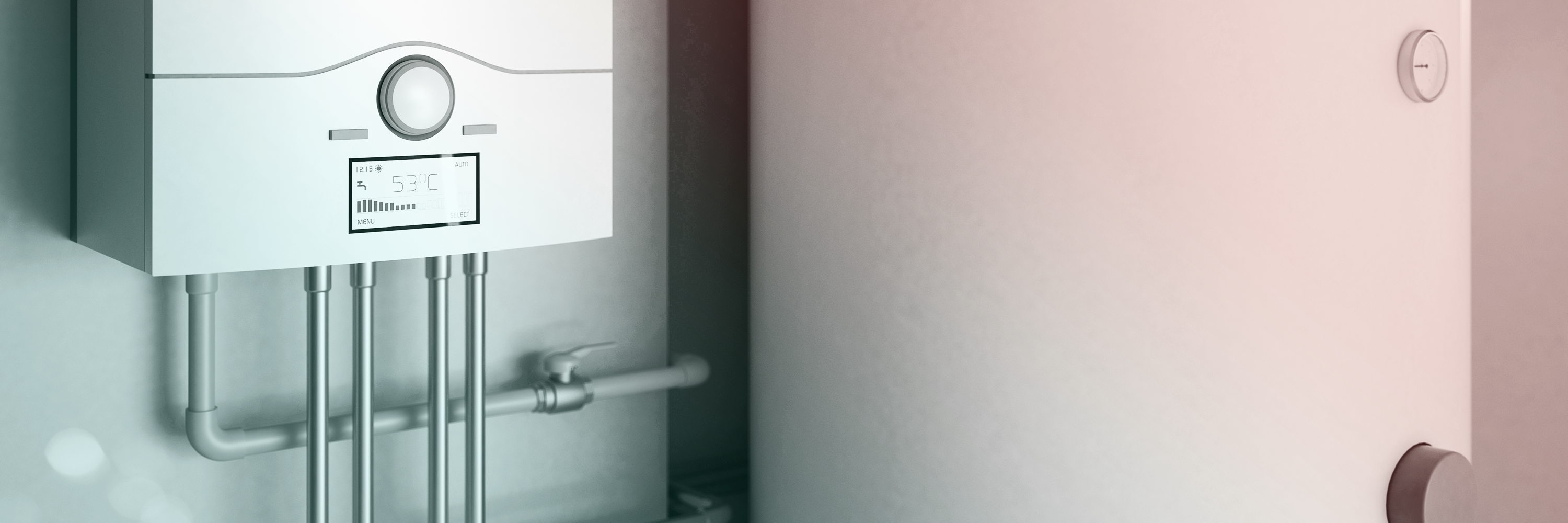
The COVID-19 pandemic lockdowns and the subsequent shift to working from home may forever change how we use electricity. During the height of lockdowns, overall electricity use declined while residential demand increased, with hourly patterns resembling weekend-level usage. In some parts of the United States, average residential electricity use on weekdays was up by 20% to 30%.1https://www.iea.org/commentaries/working-from-home-can-save-energy-and-reduce-emissions-but-how-much
As companies turn to hybrid modes of work with people both in offices and at home, what will happen with electricity use? How will utilities manage demand if homes are never in “away” mode and people who are working from home do not want to be uncomfortable?
Looking for tools beyond the thermostat, some utilities are shifting their attention to our basements and garages hoping that water heaters can provide demand impacts without negative effects on customer satisfaction. ILLUME’s most recent demand response case study takes a closer look at ways heat pump water heaters can help us manage residential demand. Here is what we found.
About the Research:
As part of a recent water heater demand response pilot, ILLUME used hourly AMI data to evaluate event impacts on peak load in summer and winter. Combining customer surveys and staff interviews with impact analyses, our team sought findings to inform how this demand response program can shed light on customer control, a key component for program retention. The pilot sponsor provided participants with a free Wi-fi connected heat pump (n=70) or electric resistance (n=30) water heater along with free professional installation. Nine demand response events took place under a variety of conditions, including using pre-heating and notifications.
Our Findings:
Finding #1: Water heaters provide reliable demand reductions
The pilot achieved an average demand reduction of 0.20 kW per household during winter events and an average demand reduction of 0.11 kW per household during summer events. While these impacts are lower than we usually see for thermostats, they were statistically significant even in this small group of water heaters. The pilot achieved greater impacts among water heaters that were pre-heated and among electric resistance water heaters.
Finding #2: Customers may be more tolerant of water-heater based DR events than previously thought
Customers’ tolerance for utility program parameters might be greater than we think. Our research revealed that the water heater DR events did not cause concern among participants and led to few disruptions to routines, negative effects, or issues with hot water in either season. And more importantly, respondents that received an advance notice of events did not opt-out of any DR events prior to the event start.
Finding #3: Just because customers are not early adopters does not mean they will not participate in new offerings
Being the first to own new technologies was not a primary motivator. Our research showed that WHDR pilot participants were not necessarily early adopters. When we asked participants when they typically buy new technologies, the largest proportion of survey responders said they purchase new tech in the middle of the group, rather than as soon as possible, or before most of their friends.
Finding #4: Engaging customers in new offerings can open avenues for future engagement
Three-quarters of pilot respondents said they would be willing to participate in future water heater DR programs, leaving the door open for other possibilities for engagement. When asked for ideas for future incentives, customers cited a desire to receive preferential treatment in other utility programs like those involving solar credits or additional technology—like additional water heaters, smart technology for their homes, or gift cards to the utility’s marketplace.
Finding #5: Customers increasingly have multiple smart home devices, but may not understand how they work together
One pilot participant told ILLUME, “I linked the water heater to my nest thermostat. Do I need to do this or does it create an issue if Nest is managing my ‘response’ rather than [my utility]?” These types of sentiments reveal that customers who participate in DR or other energy efficiency programs expect to integrate other smart home devices. But if not supported, or not done properly, this could undermine utility DR objectives or erode customer confidence in utility programs.
Finding #6: We will need to find cost-effective approaches FOR water heater demand response
While this pilot was successful, replacing water heaters with professionally installed new appliances is expensive. Controllers that are installed on existing water heaters, may be a viable alternative. ILLUME is currently supporting a water heater controller pilot and we hope to share some of those results in the future.
The Takeaway:
Sitting at the ready in our basements and garages, the ubiquitous water heater could be one solution as we look to manage residential energy use in response to changing work habits and comfort expectations. Equipped with a better understanding of this technology’s performance and armed with an understanding of customer perceptions and potential barriers, utilities and program administrators can look to water heaters as a viable option to ensure a cleaner, more reliable grid.
